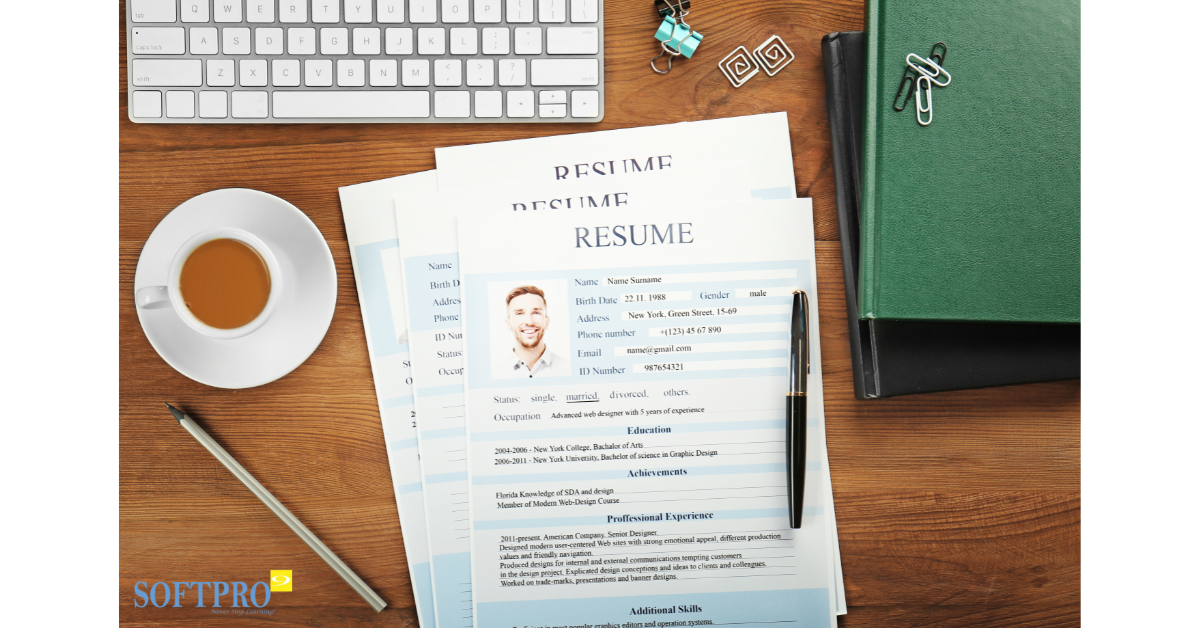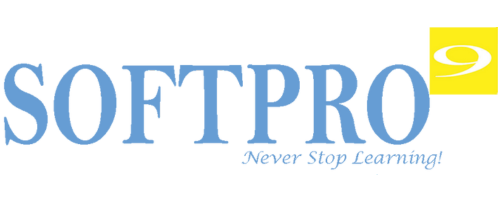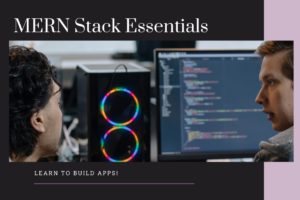
How to Make a Professional Resume Essential Strategies
#1 Myinstitutes.com is one of the Best Educational Portal and Training Institutes in MYSORE, MANGALORE, and BANGALORE.
Creating a professional resume is essential for making a strong first impression on potential employers. Whether you’re new to the workforce or have years of experience, a well-crafted resume helps you stand out and effectively highlights your skills, accomplishments, and value to a company. Here’s a detailed guide on crafting a resume that conveys professionalism and impact:
1. Choose the Right Resume Format
- Chronological: Ideal if you have a steady work history, focusing on career progression.
- Functional: Focuses on skills and experience rather than work history, suitable if you’re changing careers or have gaps.
- Combination: Merges the chronological and functional formats, often used by candidates with extensive experience and specific achievements to showcase.
2. Set Up a Clean, Readable Layout
- Use a professional font like Arial, Calibri, or Times New Roman, and keep font size between 10-12 points.
- Include clear headings for each section (e.g., Summary, Experience, Education, Skills).
- Use bullet points for easy readability, and maintain consistent spacing and margins.
3. Write a Powerful Summary Statement
- Summarize your career in a brief paragraph at the top of your resume, focusing on key achievements, skills, and what you bring to the table.
- For example: “Results-driven marketing professional with 5+ years in digital and content strategy, skilled in SEO, data analytics, and campaign management. Proven ability to drive growth and exceed KPIs.”
4. Highlight Your Work Experience with Impact
- List jobs in reverse chronological order, starting with the most recent.
- Each entry should include your job title, the company name, location, and dates of employment.
- Use bullet points to showcase achievements, not just duties. For instance, instead of “Responsible for social media,” try “Grew social media following by 40% over six months, increasing engagement rates through targeted campaigns.”
5. Focus on Achievements and Results
- Wherever possible, quantify your achievements. Numbers add credibility and give a clearer picture of your impact.
- Examples: “Increased sales by 30%,” “Managed a $500,000 budget,” or “Reduced expenses by 15%.”
6. Include Relevant Skills and Keywords
- Tailor your skills section to match the job description. Include both hard skills (technical, specific to your role) and soft skills (like communication and teamwork).
- Keywords are crucial for Applicant Tracking Systems (ATS). Review the job description for commonly mentioned skills and incorporate them naturally into your resume.
7. Add Education and Certifications
- Include your degree(s), the institution(s) attended, and graduation dates.
- If you have relevant certifications or training that align with the job, create a separate section to highlight them.
8. Proofread for Grammar and Formatting Consistency
- Small mistakes can make you appear unprofessional. Proofread carefully for spelling, grammar, and consistent formatting.
- Use tools like Grammarly, or ask someone you trust to review it.
9. Optimize for Applicant Tracking Systems (ATS)
- Many companies use ATS to scan resumes for relevant keywords before a human even sees it.
- Avoid images, unusual fonts, or special characters that can confuse ATS software.
- Save your resume in a standard format like .pdf or .docx and label it professionally (e.g., “FirstName_LastName_Resume”).
10. Keep It Concise and Relevant
- Stick to one page if you’re early in your career, or two pages if you have more experience.
- Only include relevant information that strengthens your case for the job at hand.
Additional Tips for Professional Polish:
- Tailor Your Resume for Each Job: Customize your resume for each job application, emphasizing the most relevant experience and skills.
- Create a LinkedIn Profile: Often, employers cross-reference resumes with LinkedIn, so ensure your profile aligns with and expands upon your resume.
- Add a Link to Your Portfolio (if relevant): For roles in design, writing, or media, showcase your work with a link to an online portfolio.
A professional resume is your personal marketing document, so take the time to create a compelling, focused, and visually appealing resume that captures your strengths and showcases why you’re the ideal candidate.



